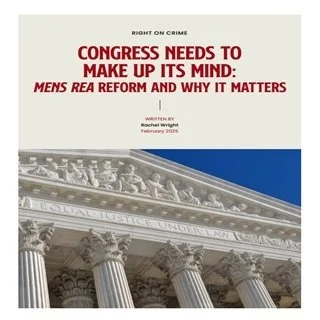By Justin Murray
The American prosecutor’s legitimacy faces unprecedented challenges. A new wave of reformist prosecutors has risen to power promising to transform the criminal justice system from within, sparking fierce backlash from defenders of the prosecutorial status quo. Central to this conflict is a debate over the nature of prosecutorial discretion, influenced by a set of claims and assumptions that this Article terms the myth of individualized enforcement. This myth posits that prosecutors base discretionary decisions on case-specific facts and equitable circumstances rather than generalizable criteria or categorical nonenforcement practices, such as the policies some reformist prosecutors have adopted that disfavor prosecuting marijuana possession or abortion offenses or seeking the death penalty.
This Article is the first to identify and critically examine the myth of individualized enforcement. It draws on a review of historical evidence and research on contemporary prosecutorial practices to show that prosecutors have long engaged in categorical nonenforcement in relation to vice laws, property offenses, and even certain areas of violent crime enforcement. By situating reformist prosecutors’ policies within this broader context, the Article exposes how the myth of individualized enforcement has been weaponized to delegitimize reform efforts while shielding conventional prosecutors from scrutiny.
The Article also excavates the deeper distinctions between reformist and conventional approaches to categorical nonenforcement that the myth of individualized enforcement serves to hide from view. Reformist prosecutors tend to adopt centralized, formal, and transparent nonenforcement policies that aim to redistribute the benefits of prosecutorial leniency to historically marginalized groups. Conventional prosecutors, in contrast, have often dispensed categorical leniency in an informal, covert manner and in contexts that tend to reproduce existing hierarchies of race, class, and gender. By surfacing these divergences, the Article aims to reorient academic and political discourse about prosecutorial reform toward the more constructive end of evaluating different visions of discretionary justice and the institutional structures that will best align prosecutorial power with democratic values.
WASH. U. L. REV. — (forthcoming 2025)




